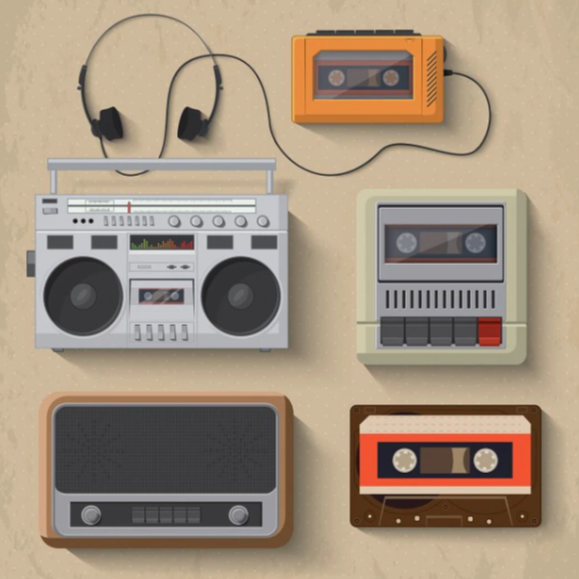When Philips invented the cassette, it did not expect it to become so popular
Does anyone remember the audio tapes anymore? From the 1970s to the 1990s, those tapes dominated the music world. Let's take a look at the interesting story of the invention of tapes:

Just like the SMS (short message service) that came thirty years after it, the audio cassette (or compact cassette as its official name) is a concept that has gained popularity for a different reason than it was invented for. Although the cassette, which derives from a French word meaning "small box", is a medium for storing sound, Philips did not consider it important that this feature of its invention could also be used to store high-quality sound. Philips' rationale for producing the cassette was its use in dictation typewriters and inexpensive portable recorders.
The Compact Cassette or Musicassette (MC), also commonly called the tape cassette, cassette tape, audio cassette, or simply tape or cassette, is an analog magnetic tape recording format for audio recording and playback. It was developed by the Dutch company Philips in Hasselt, Belgium, by Lou Ottens and his team. It was introduced at the Berlin Radio Show on August 30, 1963. Compact Cassettes come in two forms, either already containing content as a prerecorded cassette (Musicassette), or as a fully recordable "blank" cassette. Both forms have two sides and are reversible by the user.
Announced in 1963, the cassette found a firm foothold in the market in the decade leading up to 1973. One of the key factors underlying its success was Philips' decision to license some of the technology used in tape production for free. The tape used in older cassette cartridges was thin, of poor quality, and half the width of that used in two-reel tapes. The cassettes were designed to be able to record in one direction and read in the other, and each "face" of the cassette had to be compressed to a sixteenth-inch width. Cassettes were therefore not suitable for recording less frequently used frequencies.
Although Dolby sound suppressors and high-quality chrome dioxide tapes made high-quality sound recording possible, music cassettes were never taken seriously by audio professionals. Despite this, cassettes achieved popularity by the mid-1990s, forcing even sales of vinyl records in some regions.
